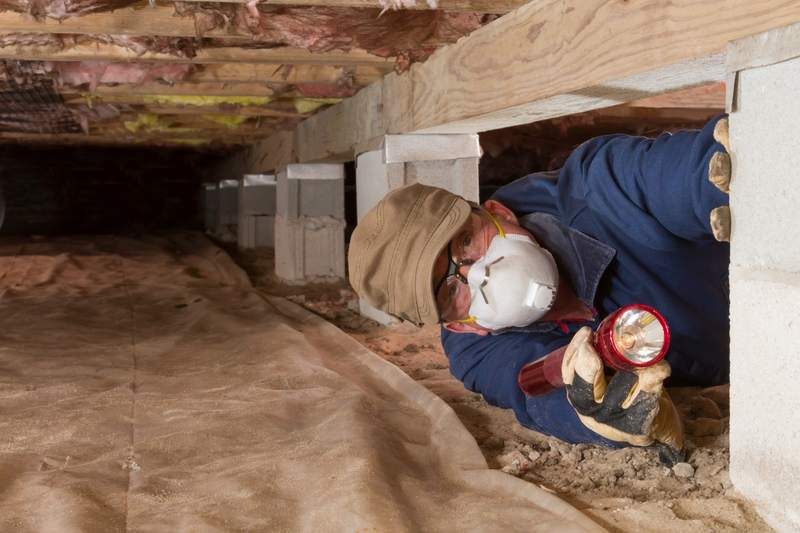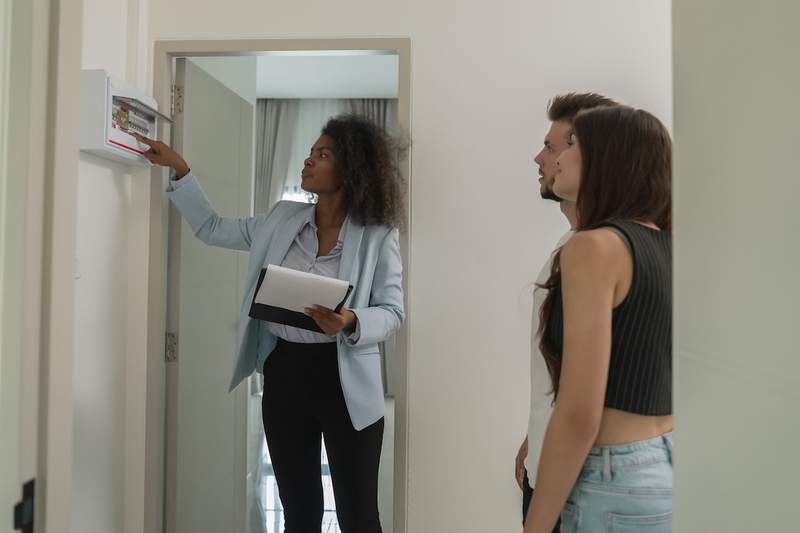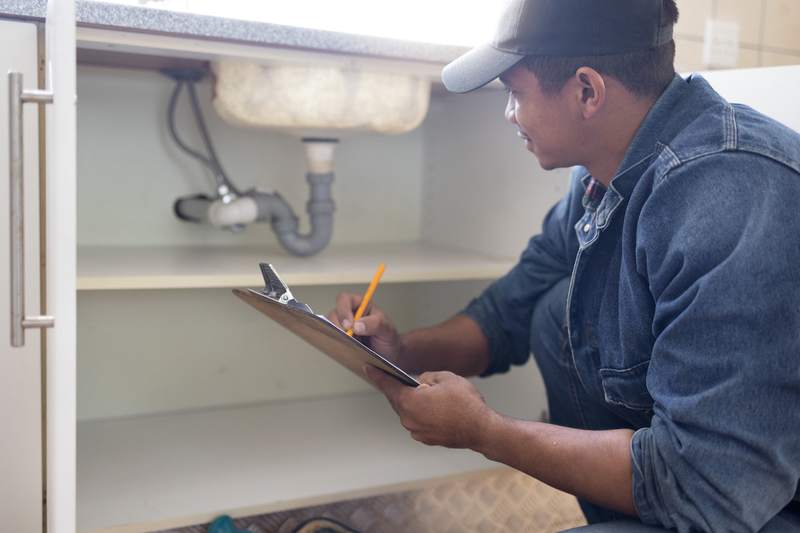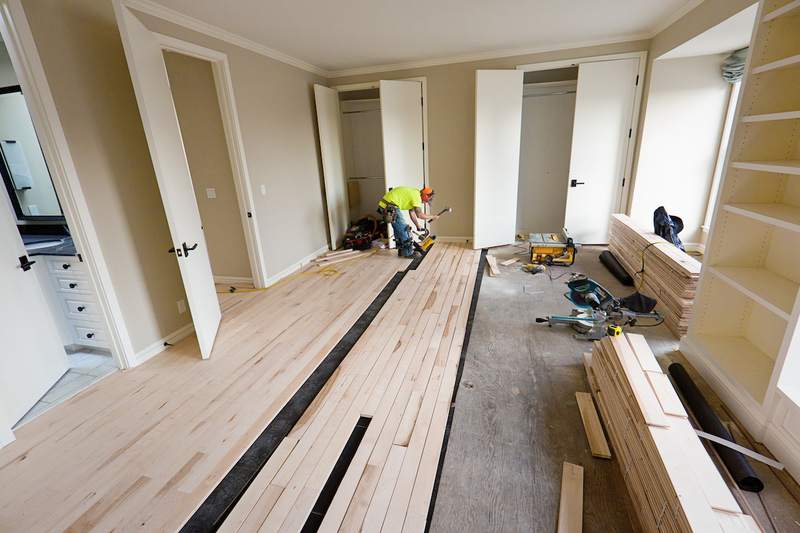
Paying for private mortgage insurance can feel like a financial burden, especially when the coverage only protects the lender and not you, the homebuyer. Unfortunately, most lenders offering conventional loans require you to purchase PMI if your down payment is less than 20% of the home’s purchase price.
If you’re thinking that there must be ways to avoid PMI, you’re right — keep reading to find out.
How To Avoid PMI
Here are some ways you can avoid paying for PMI.
Down payment of 20%
Although it’s possible to get a conventional loan with a down payment as low as 3%, you’ll have to pay for PMI if you put down less than 20%. One way to avoid this is to hold off on buying a home until you’ve saved up for a 20% down payment.
For homebuyers who aren’t in a rush to buy and want to save money, it can be worth waiting. However, if your goal is to buy a home now, it could be worth paying for PMI.
Piggyback mortgage
Another way to avoid PMI is by taking out a piggyback mortgage to start off with 20% equity in your home.
For example, if you can only afford to make a 10% down payment, you would take out a second mortgage to cover the remaining 10% needed to reach 20% down. This is often done through either a home equity loan or a home equity line of credit, but not all lenders offer both options.
Some lenders also call this an 80-10-10 loan to represent how you borrow 80% of the purchase price with the first mortgage and 10% with the piggyback mortgage, and the other 10% is your down payment.
The downside of a piggyback mortgage is that you’ll need to make monthly payments on two different loans, and the interest rate on your second mortgage will be higher. Before going with this option, you should make sure you can afford paying more each month to become a homeowner sooner.
Government-backed loans
Some types of loans backed by the government are alternatives to conventional loans for qualified borrowers and don’t require mortgage insurance. For example, USDA loans and VA loans — which are insured by the Department of Agriculture and Veterans Affairs, respectively — don’t ask borrowers to pay for mortgage insurance. However, VA loans do come with a funding fee, and USDA loans require borrowers to pay a guarantee fee.
Pay a higher interest rate
Some lenders offer conventional loans that don’t require PMI, but these loans typically come with higher interest rates. Whether making a higher monthly payment is worth it to you will depend on the exact interest rate and how long you plan on living in the home.
Look for less expensive homes
If you don’t have the cash to make a 20% down payment on your dream home, you may be able to skip paying for PMI if you choose a less expensive home.
For example, a 20% down payment on a $600,000 home is $120,000, while a 20% down payment on a $400,000 home is $80,000. The difference of $40,000 can make homeownership a reality for first-time homebuyers who want to avoid paying for PMI.
How To Get Rid of PMI
Your PMI coverage can end when you reach 20% equity. If you want to be rid of PMI sooner, you’ll need to work on building your home’s equity. Aside from seeing your home’s value increase over time, there are a couple of ways to do this:
- Making extra payments toward the loan principal.
- Investing in home improvements that increase your property’s value.
How To Cancel PMI
You can ask your lender to cancel your PMI policy on the date that you’re scheduled to hit 20% equity. This date can be found on the PMI disclosure form you received when you took out the mortgage. To request cancellation, you’ll need to do so in writing and be up to date on your payments.
Typically, your lender will automatically terminate PMI on the date that you’re scheduled to reach 22% equity. While this doesn’t require you to take any action, you’ll still need to be up to date on your monthly payments.
Your lender may require an appraisal to verify the current property value.
FAQ
Here are the answers to some frequently asked questions about how to avoid PMI.











